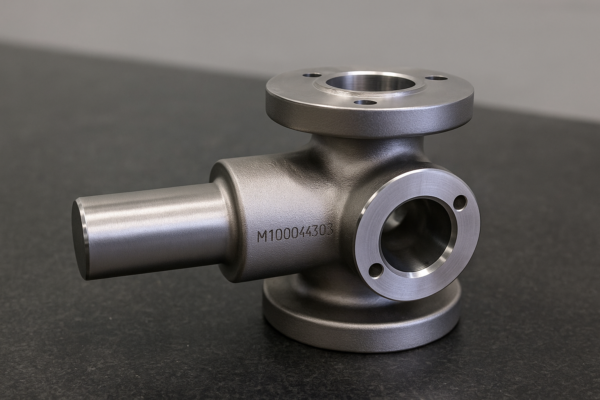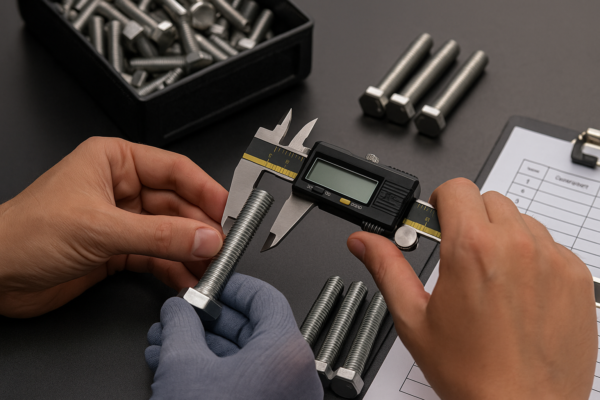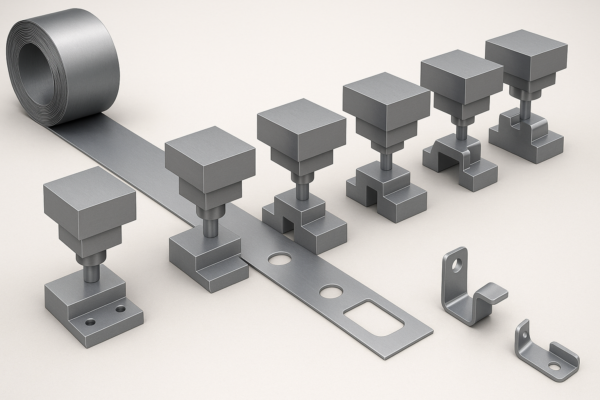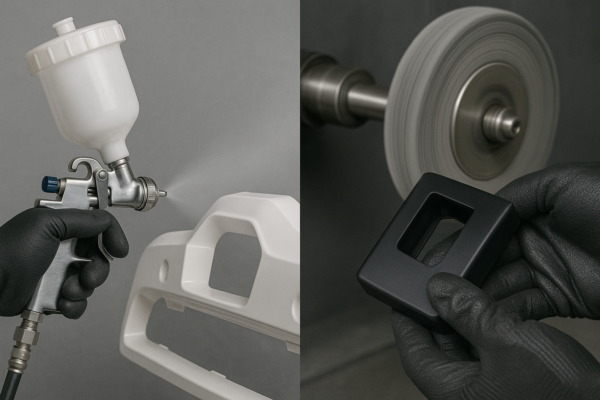What are the cons of being a sheet metal worker?

Sheet metal work offers good pay and strong demand but also comes with real physical and safety challenges.
Being a sheet metal worker has disadvantages like physical strain, safety risks, and long-term wear on the body.
Stay with me. I will walk you through the cons clearly and show how Prime’s expertise helps minimize these risks.
What are the cons of sheet metal workers?
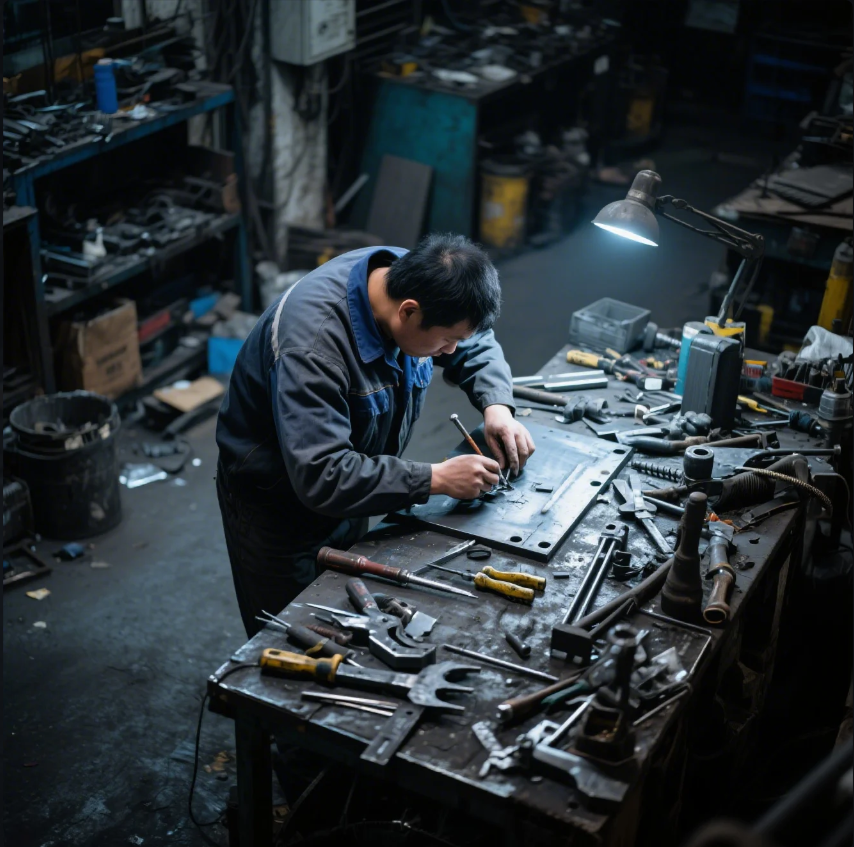
The work is rewarding but physically demanding, with potential risks that can impact long-term health and career satisfaction.
The main cons for sheet metal workers are injury risks, tough physical labor, and sometimes irregular work hours.
Key Disadvantages of the Profession
Here’s a breakdown of the major challenges:
| Issue | Description | Example |
|---|---|---|
| Physical Strain | Repetitive lifting, bending, and awkward positions | Daily material handling |
| Safety Risks | Exposure to sharp, hot, and heavy materials | Cuts, burns, crush injuries |
| Noise Exposure | Constant loud machinery | Hearing damage risk |
| Environmental Factors | Working outdoors or in harsh conditions | Weather or dust exposure |
| Job Insecurity | Linked to construction cycles | Project delays reduce work hours |
Personal Insight
When I started working in this field, I quickly realized that even with safety gear, the body takes a beating. That’s why at Prime, we invest heavily in automation and ergonomics for our "custom stamping parts supplier" teams — to protect our workers and ensure sustainable careers.
What are the disadvantages of sheet metal?
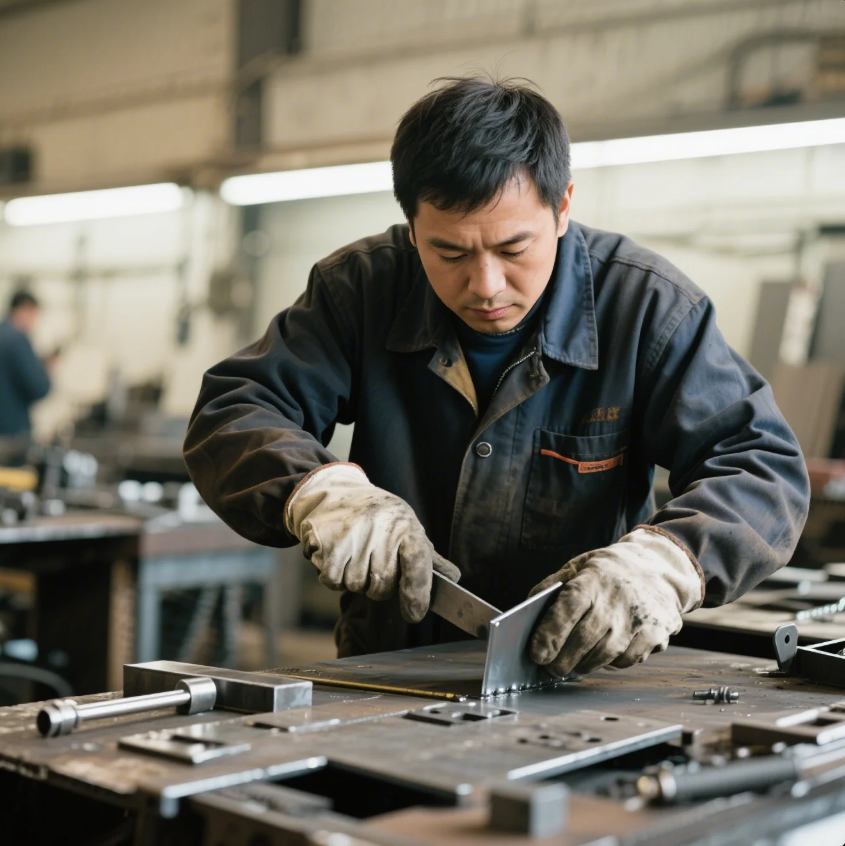
Sheet metal itself has technical limitations that can complicate fabrication, especially under high-stress conditions.
Disadvantages of sheet metal include susceptibility to corrosion, cracking during bending, and thickness limits on strength.
Material Limitations
Sheet metal has incredible versatility but is not perfect. Here’s a table summarizing key disadvantages:
| Disadvantage | Explanation | Impact |
|---|---|---|
| Corrosion Risk | Especially for untreated steels | Needs coatings or alloys |
| Thickness Limitations | Thinner sheets cannot bear heavy loads | Structural applications limited |
| Cracking on Bending | Certain metals are brittle | Need careful material selection |
| Warping from Heat | Welding or cutting heat can distort shapes | Precision fabrication required |
Prime’s Solutions
At Prime, we choose the right material for the right application. Whether delivering "ISO certified casting parts manufacturer" products or "precision CNC parts machining," we consider material behavior carefully.
I recall one project where the client insisted on using mild steel without corrosion protection. After explaining long-term risks, we switched to galvanized steel, avoiding expensive failures later.
What is the greatest danger when working with sheet metal?

The greatest dangers involve sharp edges, heavy parts, and the risk of severe injuries without strict safety controls.
The greatest dangers in sheet metal work are deep cuts, crush injuries, burns, and eye injuries from flying debris.
Major Risks in Sheet Metal Work
Sheet metal work has predictable but serious hazards:
| Risk | Cause | Prevention |
|---|---|---|
| Cuts | Handling sharp edges | Use cut-resistant gloves |
| Crush Injuries | Moving heavy sheets | Use lifting aids and team lifts |
| Burns | Welding, grinding, hot metal | Wear protective clothing |
| Eye Injuries | Sparks and debris | Always wear safety glasses |
How Prime Manages These Risks
At Prime, we maintain strict safety protocols. Our "custom stamping parts supplier" production lines use guarded machinery, ergonomic tools, and require full PPE at all times.
I visited another factory where missing a simple glove led to a deep hand injury. At Prime, we emphasize "safety first, speed second," ensuring both productivity and worker protection.
Is being a sheet metal worker hard?
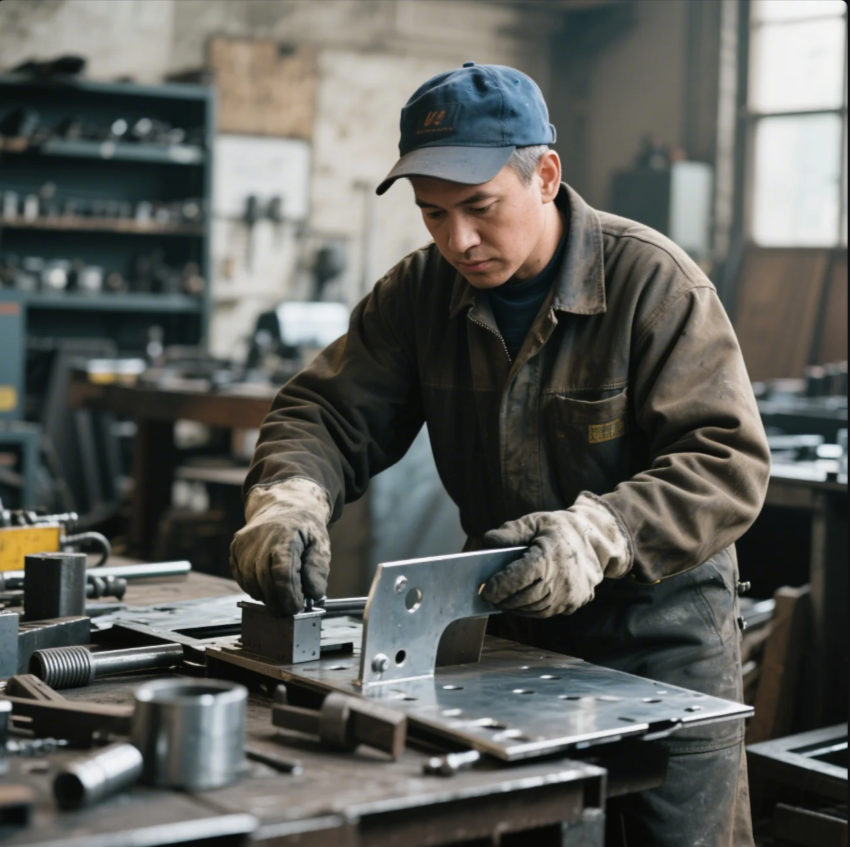
Yes, being a sheet metal worker is physically and mentally challenging, requiring endurance, attention to detail, and resilience.
Sheet metal work is hard because it combines physical demands, safety risks, precision work, and exposure to harsh environments.
Physical and Mental Challenges
Here’s what makes the job tough:
| Challenge | Details | Example |
|---|---|---|
| Physical Fatigue | Long hours standing, lifting, bending | Factory or site work |
| Mental Focus | Reading blueprints, measuring precisely | Fabrication accuracy |
| Emotional Stress | Tight deadlines, demanding projects | Client or contractor pressure |
Why Workers Stay Despite the Hardship
The pride of building something real, the steady pay, and the strong community in the trades keep many workers in the field. At Prime, we support our teams with advanced tools and continuous training to make the job easier and safer.
When producing "precision CNC parts machining" projects, we invest in modern CNC systems to reduce repetitive strain, ensuring our people can deliver their best work without long-term damage.
Conclusion
Being a sheet metal worker is challenging, with real physical and safety risks, but with the right support and technology, it becomes a rewarding, sustainable career. Contact Prime today to partner with a team that values quality, safety, and fast delivery in every project!
———

